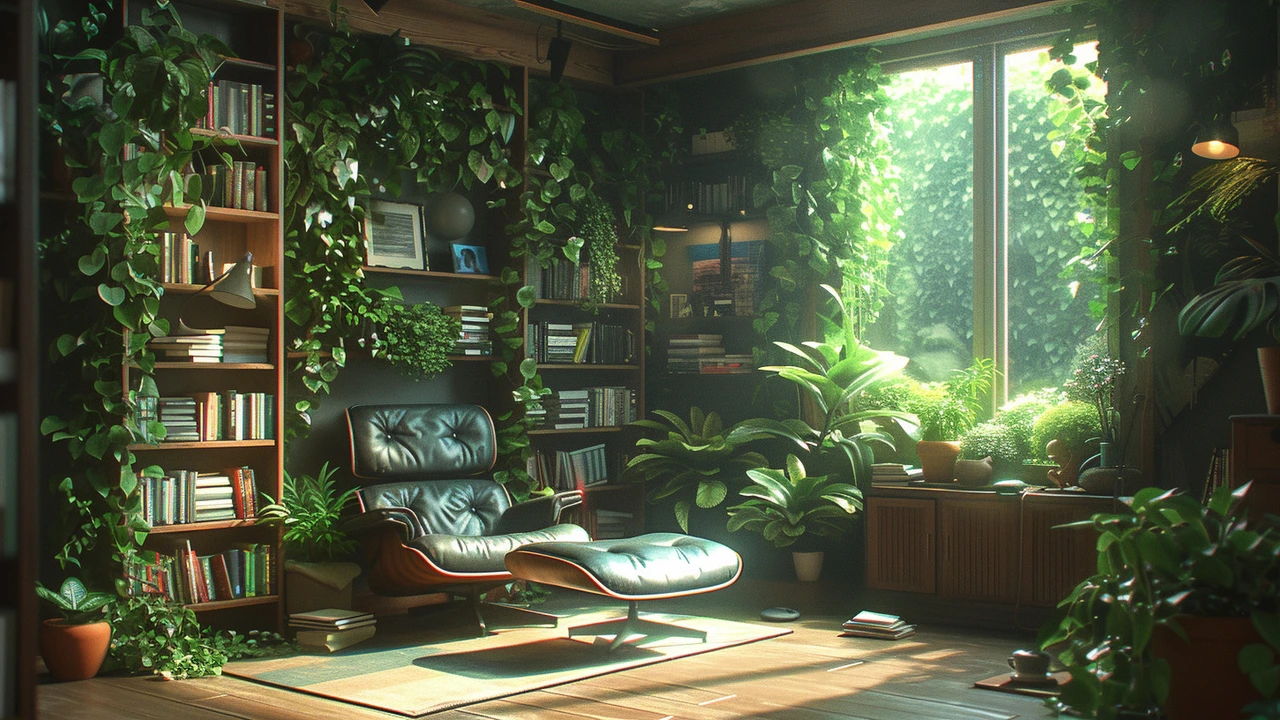Hey there, I'm diving headfirst into a fresh perspective on interior design—revivalism! Our homes are about to get a retro upgrade, blending past aesthetics with a futuristic approach. I'll be exploring how this style can transform our spaces into nostalgic, yet forward-thinking sanctuaries. Join me as we embrace the old to create something new and vibrant in the world of interior design!
Future Trends in Architecture: What to Watch Right Now
Think the future of architecture is all glass towers and robots? Some of it is — but the real shifts mix old ideas with new tech. This page pulls together what’s trending right now, why those trends matter, and quick ways you can spot them in buildings, neighborhoods, or your own projects.
Why history still drives tomorrow
Styles like Beaux‑Arts, Renaissance, and Greek Revival show up repeatedly in modern work. Why? Because classic proportions, public scale, and ornament often provide emotional weight that pure minimalism lacks. Architects today borrow those strengths and pair them with new materials and sensors. So when you see a modern building with a classical portico or balanced facade but made of lightweight composites and smart glass, you’re looking at a trend: blending heritage with high tech.
Understanding past moves helps you predict future ones. For example, the clean lines of Bauhaus led to international minimalism. That minimalism then mixed with digital fabrication to produce neo‑futurist forms. Spotting that sequence makes the next change easier to guess.
How to spot and use the big trends
Want practical signals that a building belongs to tomorrow? Look for these features: adaptive skins (glass or panels that change with light and heat), exposed infrastructure used as design, flexible interiors that can shift functions, and visible tech like integrated PV or vertical gardens. If you’re designing, start small: add a dynamic facade element, plan for modular interiors, or design for passive heating and cooling first — those choices age well.
Neo‑futurism and high‑tech styles keep pushing bold shapes and exposed systems. They make city skylines look active and mechanical, not static. But sustainability is the constant: net‑zero goals, circular materials, and water reuse aren’t trends that will fade. They’re the baseline for what counts as innovative now.
Curious how historical articles on this site fit? Read pieces on Roman engineering or Beaux‑Arts to see the roots of durable design. Then check articles on high‑tech and neo‑futurism to see how the roots grow into new forms. Connecting those dots gives you better design choices, whether you’re restoring a facade or sketching a concept tower.
If you’re a student or an enthusiast, start a small tracking habit: save photos of buildings that blend old and new, note materials and systems, and ask what problem the design solves — shading, flow, density, or energy. That habit trains your eye to spot future trends early.
Future architecture mixes memory and machine. Watch for combinations — classical balance with responsive tech, handcrafted detail with digital production, or local materials used in radical forms. Those combinations are where fresh ideas live.

